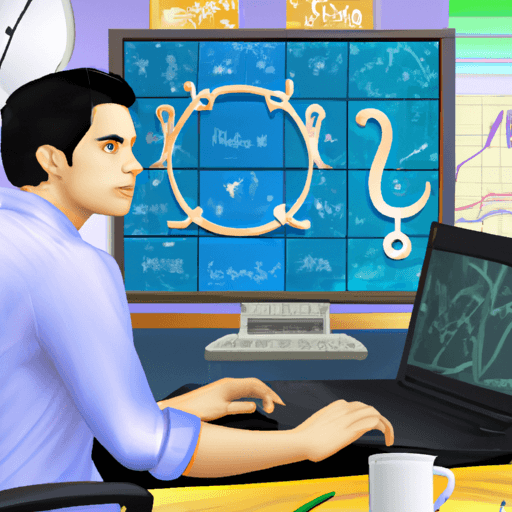Culinary Traditions of Indigenous Communities Across the Globe
The dietary practices of indigenous communities provide us with a unique perspective of their cultural heritage, as reflected through the prism of their relationship with nature. The culinary customs and cooking methods of various indigenous tribes worldwide conveys their traditionally harmonious relationship with the natural environment, their resourcefulness, and their respect for the resources at their disposal.
Unique Cooking Methods and Key Ingredients
The culinary practices of indigenous communities extend beyond simple sustenance, becoming a reflection of their living environment. These unique cooking methods and the utilization of locally available resources and ingredients serve dual purposes. It sustains the tribes both nutritionally and spiritually, reinforcing their bond with the land and its bounty.
Traditional Dishes
Be it the exotic dishes of the Inuit communities who subsist mainly on sea mammals and fish; the bushmeat-based diet of African tribes; or the hunter-gatherer lifestyle of the Australian Aborigines, traditional dishes mirror the biodiversity of their domain and display their intimate knowledge of their ecosystem. These distinctive food practices reveal the communities' perseverance through adversity and showcase their remarkable adaptability.
Evolution of food practices and it's impact on Cultural Identity
These culinary traditions, developed over centuries, have either remained remarkably consistent or have evolved over time, often in response to changing climatic conditions or the intrusion of modern society. Despite these challenges, the culinary practices of indigenous tribes still play a crucial role in their cultural identity and societal structure.
Influence on Contemporary Culinary Landscape
Modern gastronomy has increasingly begun to recognize and assimilate elements from these ancient cooking traditions. Concepts like foraging, local sourcing of ingredients, zero-waste, and sustainable cooking practices that have become popular in the culinary world today have been inherently followed by these tribes for centuries. There is much to learn from these practices in terms of sustainability, locality, and respect for the natural world.
Conclusion
Understanding the evolution and context of indigenous culinary traditions brings us a step closer to comprehending their heritage, their resilience, and their raison d'être. These food practices convey a profound message of the symbiotic relationship of man and nature and underline the importance of maintaining this relationship for future generations.



















Comments
Leave a Comment